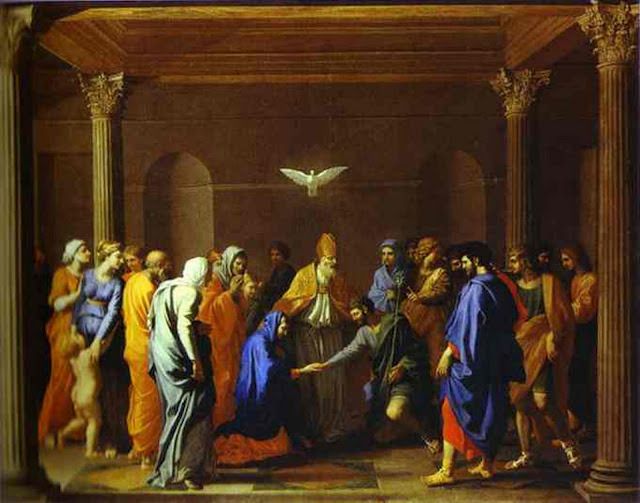
When Did Joseph and Mary Get Married?
Did Joseph and Mary ever get married and if so, when? This is a great question when learning the technique on how best to study scripture. First, one must gather all references to this question then put them in logical order. Next, one should understand that the Gospels were written in Greek. This is a very expressive language but just as with English, words can have various shades as to their meaning. For example, the word espoused can mean engaged but it can also mean married (Luke 2:5). Third, one must not assume that the laws and customs of first century Judah necessarily corresponds with the laws, customs and understandings of today. With all that in mind, lets discover the definitive answer to this question.
As with all things Jewish, there is the law and there are the customs that were developed based on the law. The law states that a young girl is the sole property of her father. As it concerns marriage, the father has the right to arrange a marriage with any single man of his choice assuming the man is a willing participant. The father has the right to accept or deny the man his daughter has chosen to marry. The father has the right to negotiate a Bride Price or mohar between himself and the perspective groom (Genesis 34:12). The groom must first pay this fee in full before he is allowed to marry the girl. Once this fee is paid in full, the couple are essentially married as the ceremony is only a custom.
There are two types of Jewish couples. One is when a man meets a girl outside his hometown and decides he wants to marry her. In this case, there is traditionally a one-year engagement period because the couple simply do not know each other well enough to make such an important lifetime commitment (Mishnah Ketubbot 5.2). The girl would continue to officially still live with her father, but is required to move into the grooms family home. There she would spend her days helping with household chores and sleep with the groom’s sisters or in his parents room. In this way, she would come to know the groom and his family, their life style and expectations of her as a prospective daughter in-law. This is very important because after they are married, the two would typically live with the groom’s family. They would sleep in a room that the groom would add on to the family home during the engagement period. At the end of one year, and if everyone was in agreement, the groom would pay the girl’s father the Bride Price and they would then be officially married. If the couple were poor, there may be a reception for only the immediate family. If the couple were middle or upper class, there would be a larger reception for both families and the community such as the marriage reception in Cana.
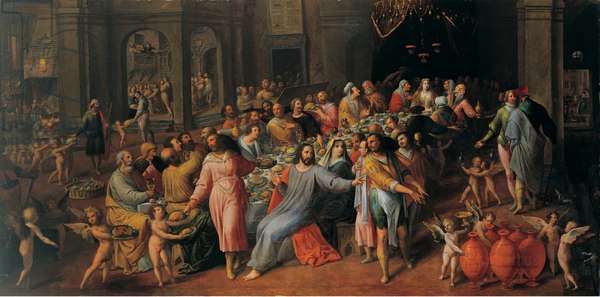
The second type of couple was one in which the bride and groom were childhood sweethearts. This was the case with Mary and Joseph. They were both born and raised in the small village of Nazareth. In fact, according to oral tradition and archeological venerated sites, their childhood homes were literally across the road from each other! Their families were well acquainted and as the two matured, it was understood that they would one day marry. For the man, marriage could occur usually at the age of 19 or older. This was considered the age of adulthood as established by Moses during the exodus. For the girl, engagement would occur one or two years after her first menstrual cycle thus proving she was fertile. Therefore, Joseph was a least 19 years old and Mary was 13 or 14 when they began their one year engagement period.
So, when did Joseph and Mary actually get married? Scripture tells us that they were officially engaged as they were in their one year engagement period (Matthew 1:18, Luke 1:27). This means that Joseph had received permission to wed Mary and had negotiated a Bride Price with her father Joachim. Mary would have continued to live with her parents as Joseph's home was just across the road. They no doubt anticipated a problem free engagement period not knowing that their well-considered plans were about to implode.
Scripture tells us that Mary was alone in the home of her family when she was visited by the angel Gabriel. The angel suddenly appeared to her in the room and explained to her that she had been chosen by God to give birth to the long awaited Messiah, King of Judea. She questioned how this was physiologically possible in that she was not yet married. The angel told her that the biological father of the child would not be Joseph but God by way of the Holy Spirit (Matthew 1:20). Needless to say, this was all very confusing to Mary, but she was very devout in her faith in God and accepted the offer. It was probably at the exact moment of her acceptance that she instantly and miraculously conceived.
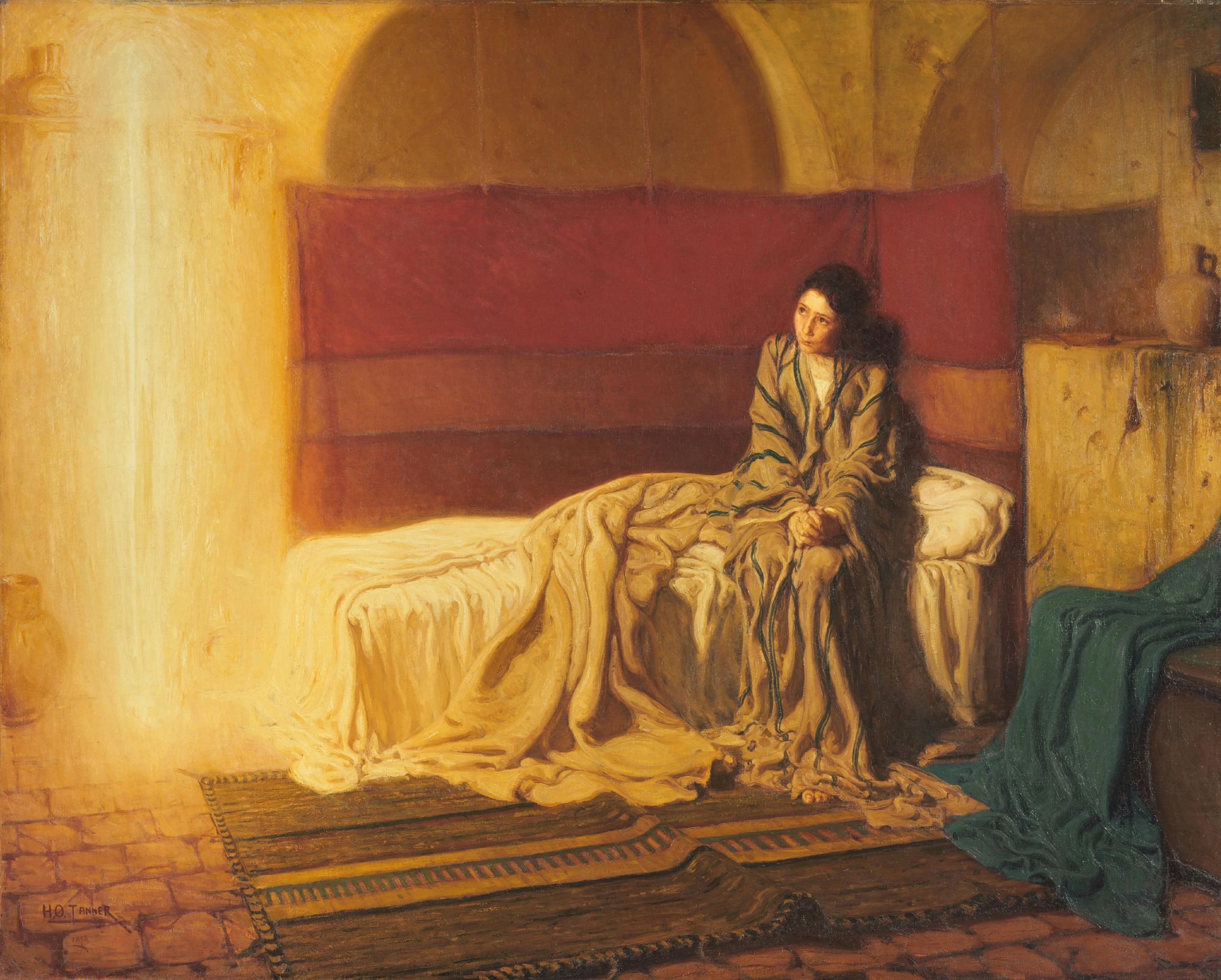
When Joseph came home, Mary went over to his house to tell him about the angel’s visit, that they were to be the parents of the Messiah and that she was now pregnant (Matthew 1:18-19). This was a lot for Joseph to take in all at once. But while Mary was excited and fascinated about the biological, Messianic and royal aspects of her son, Joseph was deeply concerned about the legal and social ramification of what she was saying. The Levitical Law was crystal clear when it came to engaged virgins becoming pregnant with another man’s child. The penalty was that the girl would be stoned to death on the doorstep of her father house (Deuteronomy 22:23). Joseph went to bed tired, confused and very worried about this sudden turn of events. However, that night he had a very lucid and vivid dream. The angel told Joseph that the story Mary had related to him was true and that it was the will of God that he immediately marry her (Matthew 1:18-25).
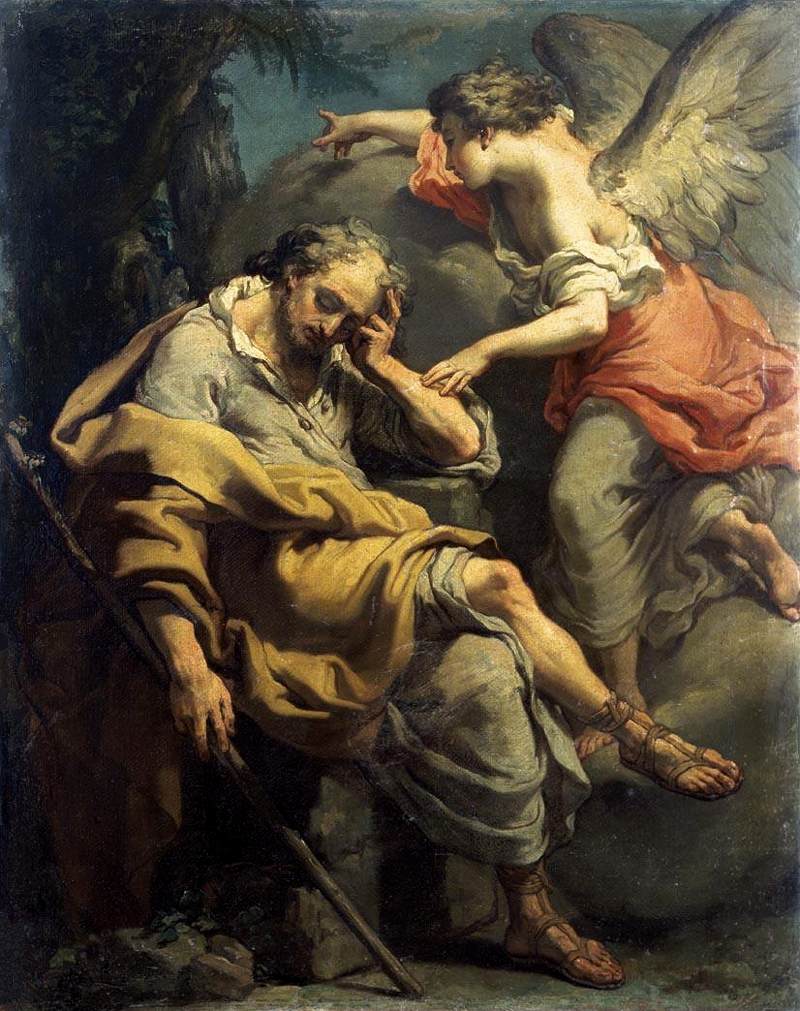
To accomplish this, all Joseph had to do was to pay the Bride Price to Mary’s father. And while this sudden move to get married might have raised suspicions concerning some couples, this would not have been the case for Joseph and Mary. Their reputations in the community were beyond reproach. Their parents were fundamentalists in their religious practices and the two had known each other all their lives. Thus, the shortened engagement period would not have been seen as abnormal, or caused any suspicions in the community.

An ancillary issue is exactly when did Joseph pay the Bride Price to Mary’s father? The couple may have only been engaged a few weeks, or a few months when the angel visited Mary and Joseph. Scripture seems to suggest that Joseph married Mary the day of or the day after the angelic visit (Matthew 1:24). However, we read that following the angel’s visit, Mary packed some of her belongings and made a 100-mile journey to the town of Hebron to visit a relative, perhaps an aunt or cousin name Elizabeth. The angel had told Mary that Elizabeth was six months pregnant and apparently Mary wanted to see for herself if this in fact was true. If so, then it was more proof that her agreement with the angel would also come to fruition (Luke 1:39). Elizabeth was in fact pregnant with a male child that would become known as John the Baptist, the last Old Testament prophet (Luke 1:57-60). We are told Mary stayed with Elizabeth for three months before returning back to Nazareth (Luke 1:56). Since Mary arrived when Elizabeth was 6 months pregnant and stayed 3 months, it is probable that she witnessed the birth of John. Since scripture does not mention Joseph accompanying Mary to see Elizabeth, it might have taken a few weeks before Mary could join a caravan passing through Nazareth to Hebron, a week to travel there, a three month stay and a week to return back to Nazareth. So Mary returns home approximately 4 months pregnant.
We know that when the census and taxation decree was issued, Joseph and Mary were married and both were required to appear before the Roman authorities in Bethlehem due to their direct lineage or bloodline to King David (Luke 2:1-5). Rome was always concerned that a conquered country would rise up against its rule behind a national leader in the lineage of royal succession. We know that Joseph must have been at least 19 years of age and Rome required the male heads of households to report to a taxation station to give an account of their family members, land holdings, crop production and number of livestock. We read that when they left Nazareth to travel 70 miles to Bethlehem, Mary was “great with child” or what today we would call full term (Luke 2:5). We know that the day they arrived in Bethlehem “… while they were there,” Mary went into labor, “…the days of her pregnancy were accomplished time of pregnancy finished “that she should be delivered” gave birth)“…and laid Him in a manger; because there was no room for them in the inn” (Luke 2: 6-7).
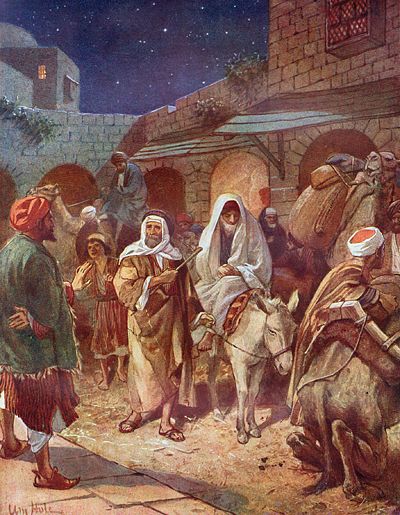
Joseph had chosen the most immediate solution concerning Mary’s going into labor by attempting to stay in a local Inn. But due to the crowds that had come to Bethlehem to participate in the census and pay taxes owed, there was simply no room available for them at that moment. Instead, the innkeeper may have offered them the adjacent stable to serve as temporary shelter until a room became available. Or, it might have been that Joseph simply took Mary into the staple to get her as quickly as possible out of public view in order to deliver the baby. It was that evening in that stable that Jesus was born (Luke 2:7).
Therefore, when they left Nazareth one week earlier, Mary was approximately nine months pregnant for all to see (Luke 2:1-4). So, to keep the entire pregnancy timeline legitimate in the eyes of their community, they must have been publicly married immediately after Joseph had his dream. That is, he had his dream, woke up and immediately paid the Bride Price to Mary’s father. Then there was a small reception and Mary officially moved into Joseph’s home. However, the two did not have sexual relations until after Jesus was born (Matthew 1:25).
Today, modern computer driven astronomy software shows us for certain that the Star of Bethlehem was a conjunction of Venus and Jupiter that occurred on June 17th 2B.C. Thus we can count back nine months and know that the inception of Jesus must have taken place in September of 3 B.C. during the three feasts of Rosh Hashanah. This makes perfect sense in that the three feasts are shadows of three prophesied events. The first feast is called the Feast of Trumpets or announcement and harvest. This literally occurred with the conception of Jesus in which the heavens revealed the sign of the Virgin or Virgo clothed with the sun (Revelation 12:1). And this announcement occurred a second time with the Star at His birth and the angels who literally announced Jesus’ birth to the shepherds. But prophetically it is referring to the coming rapture or harvest of the Church saints. The second feast is the Feast of Yom Kipper the High Holy Day of the repentance of sins for the Jews. This literally occurred when Jesus died on the cross for the sins of mankind. And, this is the only feast that involves an annual sacrifice by the High Priest. Prophetically it refers to the future tribulation period when the nation of Israel repents of their sins and calls on God with one voice to send their Messiah to save them from a complete genocide by the armies of the Antichrist. And the final feast is the Feast of Sukkot or Tabernacles when God comes to live with man. This literally occurred when Jesus as God incarnate, lived among men for 33.5 years. But it prophetically refers to the end of the tribulation period when Christ will answer the prayers of a small surviving remnant of Jews and return to the Earth to defeat the armies of the Antichrist. It is then that He establishes a 1,000-year Millennial Reign which ends with the arrival of the New Jerusalem in which the Triune Godhead will live with man on the Earth (Revelation 21:2-4). What better way to announce to the Jews of Judah the inception, birth, ministry, resurrection and return of their Savior who takes away the sins of the world than with three celebration feasts.
In fact, all 7 annual Jewish feasts were only created as shadow events; Feast of Passover-Death of Jesus, Feast of Unleavened bread- Burial of Jesus, Feast of First Fruits-Resurrection of Jesus, Feast of Pentecost- Arrival of the Holy Spirit, Feast of Trumpets- Rapture of the Church, Feast of Yom Kipper-Tribulation period of the world, Day of the Lord- Jesus’ Second Coming and destruction of all the wicked on the Earth, Feast of Sukkot or Tabernacles- After 1,000 year Reign of Christ, the arrival of the New Jerusalem where God will eternally dwell with mankind. Amazing!
If you enjoy the information provided on this site, please consider making a donation of any amount to help continue its production. Donate Now